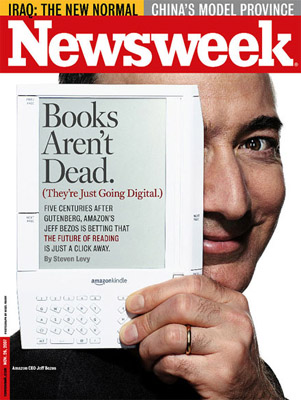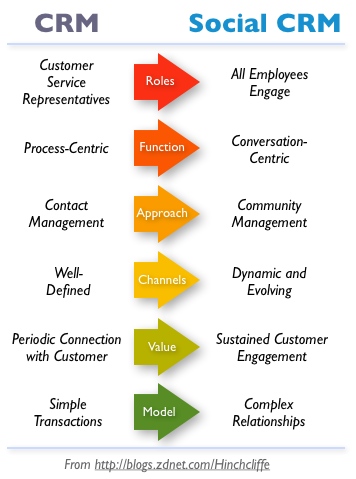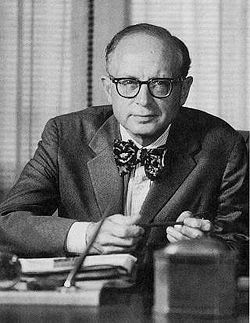Social CRM - Delivering Exceptional Customer Experiences
/ A recent report by Gartner, commissioned by Salesforce.com, addresses important trends in customer service as the social web continues to impact how individuals and organizations interface. You can get a copy of the report for FREE here.
A recent report by Gartner, commissioned by Salesforce.com, addresses important trends in customer service as the social web continues to impact how individuals and organizations interface. You can get a copy of the report for FREE here.
The implications of new technologies and how people are relating via social media have significant implications. Businesses that get their hands around how to really benefit from this change will have a tremendous opportunity to make a difference by delivering support in new and exciting ways.
A few key finds and recommendations from the study are as follows:
• Expectations for social CRM (tapping into social networks to improve marketing, sales and service processes) will dramatically exceed the measurable benefits.
• For much of the world, Facebook will – or already has – become the dominant social networking site. Marketeers and customer service managers will need to take this into consideration when planning social networking projects, while monitoring for shifts in user sentiment.
• A new generation of Internet Protocol (IP)-based contact center solutions with preintegrated IP interaction recording platforms will be far more effective and less expensive than previous platforms.
• Consumer willingness to perform all possible customer service functions themselves (self- service) will be universal by 2011.
Recommendations
• Vice presidents of customer service or customer experience should be sure to measure the consistency and effectiveness of customer interactions across all touchpoints from the customer’s point of view.
• The popularity of social networking sites means that the service organization cannot expect the customer to come to the corporate website only, but must work on ways to reach out to the customer at these destinations as well.
• When developing a long-term strategic road map for contact center infrastructure, include call recording as part of this single-vendor solution.
Learn more about Social CRM and salesforce.com's in the video below.













